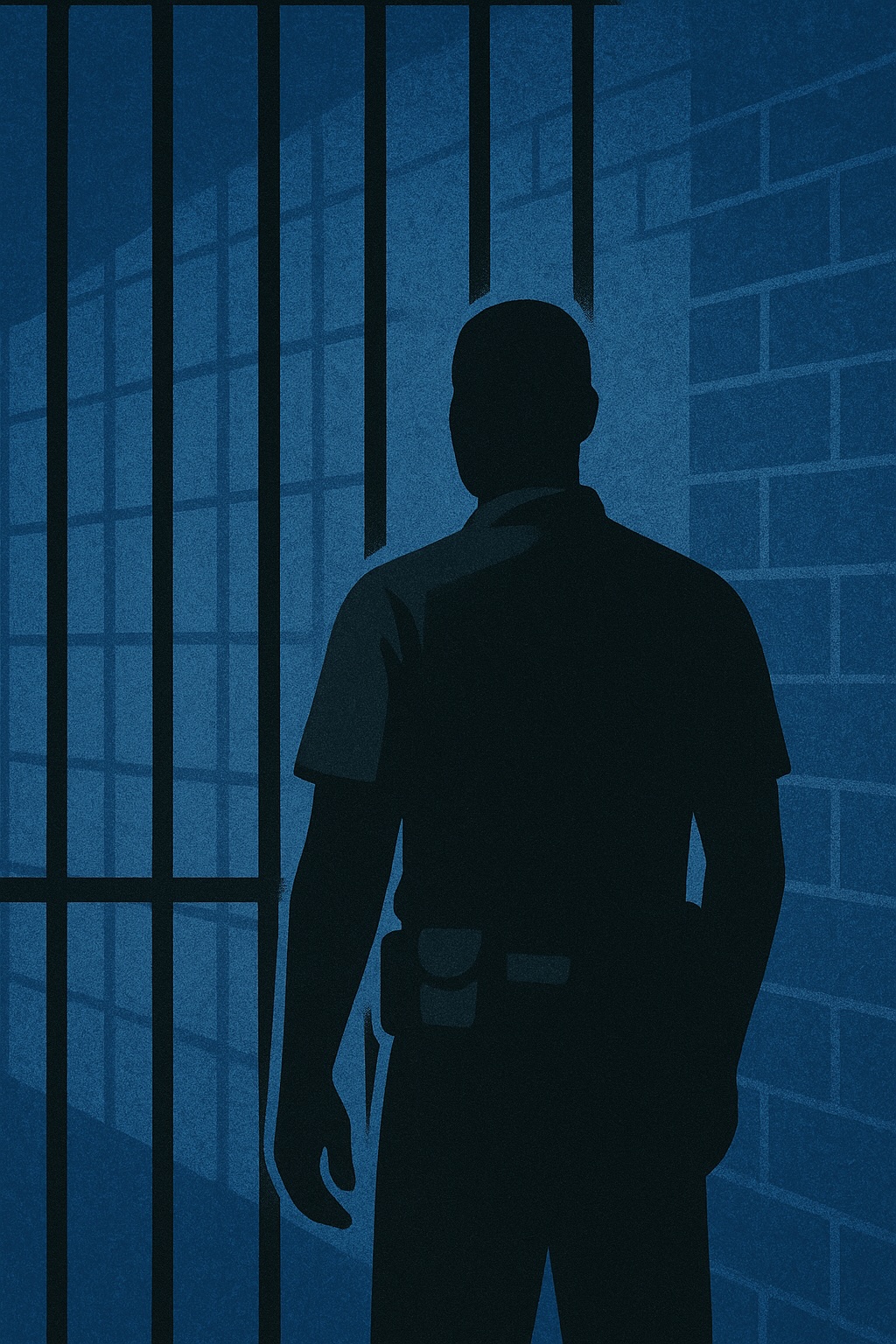
The United States correctional system is grappling with an unprecedented staffing emergency that threatens officer safety, institutional security, and public safety at large. This crisis is especially severe in local jails operated by Sheriff's Offices, where correctional officer vacancy rates have soared to dangerous levels, creating ripple effects that destabilize the entire correctional infrastructure.
The Scope of the Crisis
Correctional officer shortages have reached critical levels across the United States. The number of corrections officers employed by state governments has fallen 23 percent, from 236,890 in 2012 to 181,650 in 2023. Over the past five years, the correctional workforce has shrunk by 11% in state prisons and 7% in local jails.
By midyear 2022, there were four jail inmates for every correctional officer in local jails—up from 3.6 in 2021 and 3.0 in 2020 which highlights a significant breakdown in safe staffing ratios.
State-Level Crisis Data
State-level data underscores the problem:
- North Carolina reported 40 percent of correctional officer positions unfilled as of February 2024
- Wisconsin saw vacancies at Waupun Correctional Institution peak at 56 percent in February 2024
- Tennessee's vacancy rate in state-run prisons reached 26.6 percent as of February 2025, despite a slight annual increase
The American Correctional Association's 2024 survey found security officer vacancy rates as high as 55%, with turnover rates hitting 48%. Nearly half of U.S. correctional agencies report annual turnover between 20–30 percent, and some facilities face even higher churn.
Financial Consequences of Understaffing
The economic toll of this crisis is staggering, with overtime costs consuming hundreds of millions in taxpayer dollars annually.
Federal and State Overtime Costs
Federal prisons: Staffing shortages have cost taxpayers more than $300 million in overtime in a single year, with employees logging nearly 7 million hours
Connecticut: Department of Correction paid $110.8 million in overtime to correctional officers in 2024, a 30.5 percent increase from 2015
New York: Prison system spent $445 million on overtime in 2024, a 26 percent jump from the previous year
Individual Impact
The individual strain is equally concerning. In Connecticut, one officer logged 952 hours of overtime in two months, bringing total pay to over $258,000. In Maryland, the Department of Public Safety and Correctional Services spent $205 million on overtime in 2024—enough to fund more than 2,700 full-time positions at $75,000 annually.
In Alabama, turnover costs exceed $11 million annually, with nearly 17 weeks required to hire, train, and replace each officer. These expenditures have become structural features of correctional operations and not temporary fixes.
Health, Safety, and Security Consequences for Officers
Dangerous working conditions are taking a steep toll on the correctional workforce. Correctional officers suffer from depression and PTSD at over four times the national average, and their suicide rate is 39 percent higher than that of the general working population.
Workplace Safety Risks
According to research, mandatory overtime increases the risk of workplace injuries by 61 percent. Correctional officers face one of the highest rates of nonfatal work-related injuries among all professions. The rate of job-related violence and assault is 254 per 10,000 officers, and 37 percent of these assaults occur during restraint or inmate altercations.
Impact on Facility Security
Staffing shortfalls also affect facility safety. Survey data show that 93 percent of incarcerated individuals report staffing shortages, and 85 percent say those shortages are significant or moderate. Many inmates no longer believe their facilities are adequately staffed to maintain order—fueling an increase in violence and contraband activity.
Operational and Institutional Consequences
Chronic understaffing disrupts every aspect of correctional facility operations. In North Carolina, more than 5,338 prison beds across 25 facilities are temporarily closed. Staff there logged 1.6 million hours of overtime in 2023 alone.
Stopgap Measures
To cope, facilities have adopted stopgap measures that diverge from best practices:
- Mandatory overtime
- Reassignment of case managers to security posts
- Lowering hiring age requirements to 18
These approaches strain both staff and incarcerated individuals and exacerbate existing challenges with morale, retention, and safety.
The Need for a Transformative Recruitment Strategy
Temporary fixes are not enough. The current model is unsustainable and reactive. To break the cycle of attrition, the U.S. correctional system must invest in a transformative recruitment and retention strategy focused on building a sustainable workforce.
Strategic Solutions
This includes:
- Modernizing recruitment by leveraging automated software systems and career branding
- Expanding candidate pipelines through partnerships with criminal justice programs and military/veteran networks
- Improving compensation and benefits to make the profession more competitive
- Enhancing workplace culture through leadership training, wellness initiatives, and mental health support
Without bold changes, correctional institutions will continue to operate in crisis mode, jeopardizing staff safety and public security.
Conclusion
The correctional officer staffing crisis poses a direct threat to the safety and functionality of the American criminal justice system. With vacancy rates nearing 50% in some institutions, overtime costs ballooning into the hundreds of millions, and dangerously thin staffing ratios, immediate action is essential.
This is not just a fiscal issue—it's a matter of public safety, officer well-being, and institutional integrity. Unless policymakers and administrators address the root causes through strategic recruitment, retention, and workplace reform, the consequences will only worsen.
The time for patchwork solutions has passed. The path forward demands transformation.
Ready to transform your correctional facility's recruitment strategy? Contact RespondCapture to learn how our proven recruitment system can help you build a sustainable correctional workforce and break the cycle of chronic understaffing.

